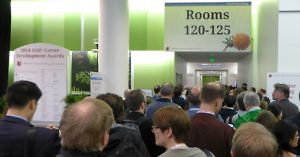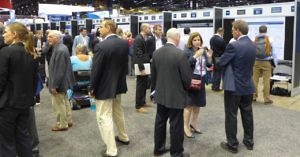Thunderbirds are GO!
It’s the end of April and just in time for two important things here on BSB…
 A) Season 2 of our Novel Targets podcast has now kicked off!
A) Season 2 of our Novel Targets podcast has now kicked off!
The first show (sponsored by Genentech) explores the cancer immunity cycle (CIC), how it can help see the bigger picture and how this framework can be used to help figure out what areas are missing when patients don’t respond to immunotherapy.
There are also predictions about what we will see coming up in the next year – will the crystal ball be accurate – or not?
Crank up the Sonos, grab a coffee, pen and paper – you’ll find the latest podcast show here (Link), which is open access for anyone who wants to listen.
B) Reader Q&A Mailbag: we tackle your latest tough questions that are top of mind and offer insights on the hot topics people want to know about.
We have a broad range of topics to cover today including:
- The battle for PD-1 sales
- What are the IO bottlenecks where we can expect to see new research focus
- Sanofi-Medivation bid
- AbbVie snapping up StemcentRx
To learn more, Subscribers can log-in or you can purchase a subscription.
This content is restricted to subscribers
 First off, the FDA approved AbbVie/Genentech’s venetoclax, now known as Venclexta, in a subset of CLL patients with 17p deletions. These patients have a historically poor prognosis and the approval goes some way to addressing the high unmet medical need.
First off, the FDA approved AbbVie/Genentech’s venetoclax, now known as Venclexta, in a subset of CLL patients with 17p deletions. These patients have a historically poor prognosis and the approval goes some way to addressing the high unmet medical need. The 2015 annual meeting of the American Society of Hematology (ASH) (Twitter #ASH15) in Orlando has a bumper crop of interesting data.
The 2015 annual meeting of the American Society of Hematology (ASH) (Twitter #ASH15) in Orlando has a bumper crop of interesting data. Overall, I agreed with Ron Levy (Stanford) when he noted in the packed Special Session on Checkpoint inhibitors in Hematology that there were only 4 or 5 abstracts to actually discuss (he didn’t spend much time on the preliminary data) and that the results are still very early without seeing how good the durability will be.
Overall, I agreed with Ron Levy (Stanford) when he noted in the packed Special Session on Checkpoint inhibitors in Hematology that there were only 4 or 5 abstracts to actually discuss (he didn’t spend much time on the preliminary data) and that the results are still very early without seeing how good the durability will be. At ASCO this year, there was a decent crop of new combination data in both posters and oral sessions looking at various PARP inhibitors in breast or high grade serous ovarian cancer with either chemotherapy (typically platinum-based) or targeted therapies such as PI3K (BKM120) or VEGF (cediranib).
At ASCO this year, there was a decent crop of new combination data in both posters and oral sessions looking at various PARP inhibitors in breast or high grade serous ovarian cancer with either chemotherapy (typically platinum-based) or targeted therapies such as PI3K (BKM120) or VEGF (cediranib).